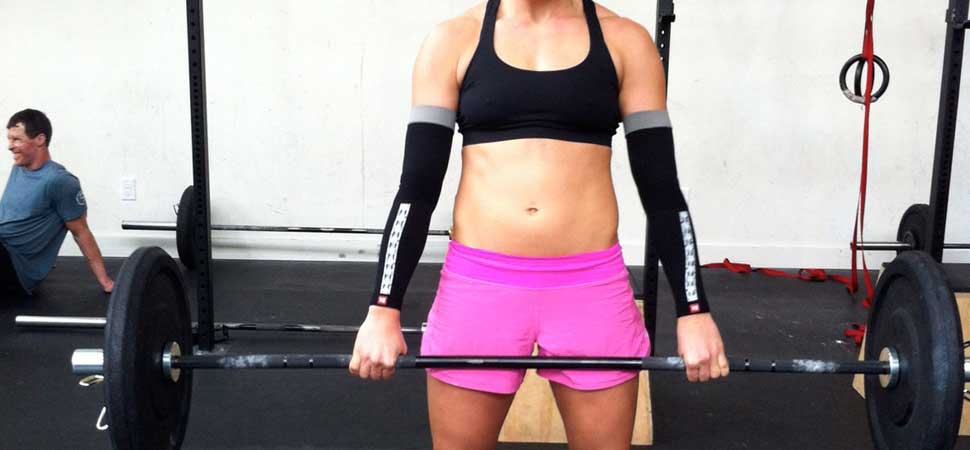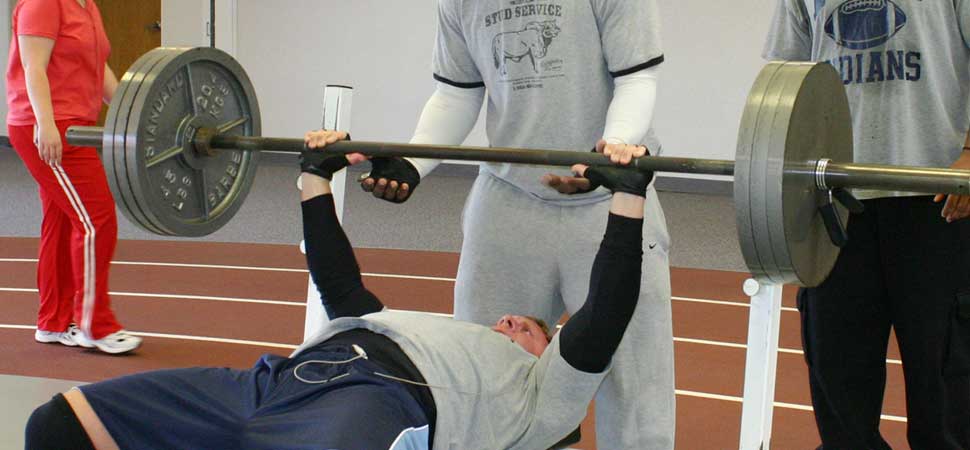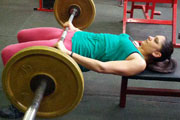BE NATURAL
BODYBUILDER
Training | Nutrition | Genetics

NATURAL BODYBUILDER
TRAINING * NUTRITION * GENETICS
is made happen by Dedication

REMEMBER: You are born to win
There will be dirty smells of Sweat
There will be burning heat hotter then Hell
You will be drenched completely
Even there may be some laughter too ....
You need to bear this all to GAIN!

Lean or Bulky?
are the considerations for tailors!
for you, the bodybuilder, it reflects in your actions.

What are you waiting for?
Get it Now!

you need the power of determination
It need not to be bulky to lift ...

Concentrating is not the wastage of time
It pays when you can't

Yes, just cover the whole space
just do it ...

This happens ...
You have your ways ...

But the condition is ...
... Never get your eyes off of the target

Motivation???
Get Inspired Now...
Strength Gain Techniques for Bodybuilders
The practical way to Gain Strength from your workout
The basic principles of strength training involve a manipulation of the number of repetitions (reps), sets, tempo, exercises and force to cause desired changes in strength, endurance or size by overloading of a group of muscles. The specific combinations of reps, sets, exercises, resistance and force depend on the purpose of the individual performing the exercise: to gain size and strength multiple (4+) sets with fewer reps must be performed using more force. Exercise selection should be limited to the basic foundational barbell movements such as the squat, bench press, deadlift, overhead press and bent-over row.Muscles should be trained in concert with surrounding muscles,(i.e. chest/shoulders/triceps) and for maximum training effect lifts should be performed with heavy (70-85%1RM, aka high intensity) weights and multiple sets with fairly long (2-5 min. depending on intensity) rest periods between sets. Typically failure to use good form during a training set can result in injury or an inability to meet training goals - since the desired muscle group is not challenged sufficiently, the threshold of overload is never reached and the muscle does not gain in strength. There are cases when cheating is beneficial, as is the case where weaker groups become the weak link in the chain and the target muscles are never fully exercised as a result.
The benefits of strength training include increased muscle, tendon and ligament strength, bone density, flexibility, tone, metabolic rate and postural support.
According to popular theory:
1. Sets of one to five repetitions primarily develop strength, with more impact on muscle size and none on endurance.
2. Sets of six to twelve repetitions develop a balance of strength, muscle size and anaerobic endurance.
3. Sets of thirteen to twenty repetitions develop anaerobic endurance, with some increases to muscle size and limited impact on strength.
4. Sets of more than twenty repetitions do still use the anaerobic system, but usually at a rate through which it can consistently remove the lactic acid generated from it.
Split training
Split training involves working no more than three muscle groups or body parts per day, instead spreading the training of specific body parts throughout a training cycle of several days.
It is commonly used by more advanced practitioners due to the logistics involved in training all muscle groups maximally. Training all the muscles in the body individually through their full range of motion in a single day is generally not considered possible due to caloric and time constraints. Split training involves fully exhausting individual muscle groups during a workout, then allowing several days for the muscle to fully recover. Muscles are worked roughly twice per week and allowed roughly 72 hours to recover. Recovery of certain muscle groups is usually achieved on days while training other groups. I.e. a 7 day week can consist of a practitioner training trapezius, side shoulders and upper shoulders to exhaustion on one day, the following day the arms to exhaustion, the day after that the rear, front shoulders and back, the day after that the chest. In this way all mentioned muscle groups are allowed the necessary recovery.
Intensity, volume, and frequency
Three important variables of strength training are Intensity, Volume, and Frequency. Intensity refers to the amount of work required to achieve the activity, and is proportional to the mass of the weights being lifted.
Volume refers to the number of muscles worked, exercises, sets and reps during a single session.
Frequency refers to how many training sessions are performed per week.
Getting a unique combination in terms of your body, is all that is needed for strength gaining.
Nutrition
It is widely accepted that strength training must be matched by changes in diet in order to be effective. Adequate protein is generally believed to be required for building skeletal muscle with popular sources advising weight trainers to consume a high-protein diet with from 1.5 g of protein per kg of body weight per day (0.6 to 0.8 g per pound). Protein that is neither needed for cell growth and repair nor consumed for energy is converted by the liver into fat, which is then stored in the body. An adequate supply of carbohydrates (5-7g per kg) is also needed as a source of energy and for the body to restore glycogen levels in muscles.
A light, balanced meal prior to the workout (usually one to two hours beforehand) ensures that adequate energy and amino acids are available for the intense bout of exercise. The type of nutrients consumed affects the response of the body, and nutrient timing whereby protein and carbohydrates are consumed prior to and after workout has a beneficial impact on muscle growth. Water is consumed throughout the course of the workout to prevent poor performance due to dehydration. A protein shake is often consumed immediately following the workout, because both protein uptake and protein usage are increased at this time. Glucose (or another simple sugar) is often consumed as well since this quickly replenishes any glycogen lost during the exercise period.
To maximise muscle protein anabolism, recovery drink should contain glucose (dextrose), protein (usually whey) hydrosylate containing mainly dipeptides and tripeptides, and leucine. Some weight trainers also take ergogenic aids such as creatine or steroids to aid muscle growth. However, the effectiveness of some products is disputed and others are potentially harmful. Strength Gain Exercises for Bodybuilders
Squat, Leg press, Lunge, Leg extension, Hamstrings (back of legs)
Deadlift, Leg curl, Calf raise
Bench press, Chest fly, Machine fly, Push-up
Rowing at cable machine, Bent-over row, Chin-up, Pulldown, Pullup, Seated row, Shoulder shrug, Supine row
Front raise, Handstand push-up, Lateral raise, Military press, Shoulder press, Upright row, Rear delt raise
Biceps curl
Close-grip bench press, Dip, Pushdown, Triceps extension
Crunch, Sit-up, Leg raise, (any rotational movement will engage the obliques)
Back extension, Deadlift, Good-morning, Hyperextension







